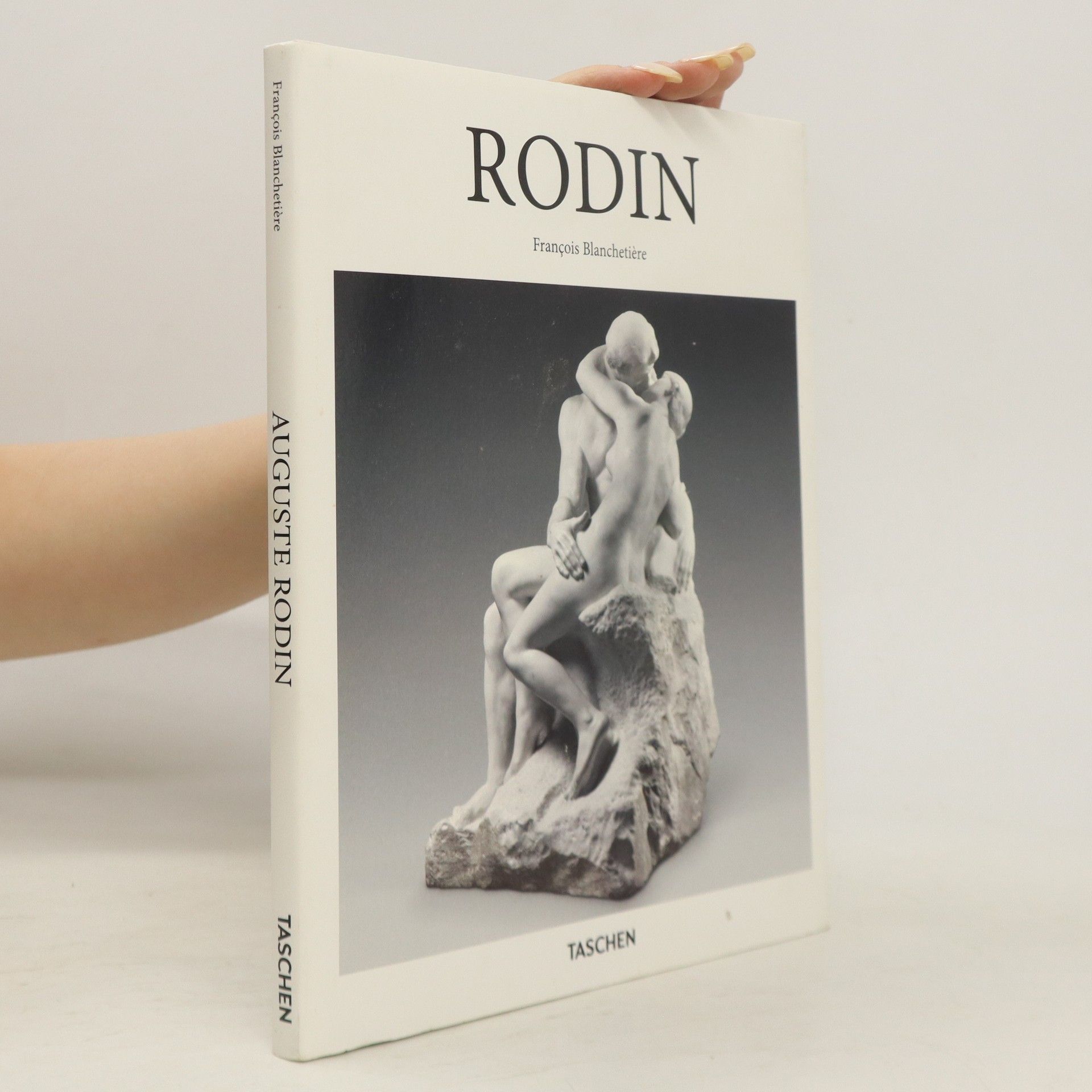Rodin
- 96 pages
- 4 hours of reading
While anchoring his practice in the traditions of antiquity and the Renaissance, Auguste Rodin (1840-1917) paved the way for modern sculpture. From a very early stage, he was interested in movement, the expression of the body, chance effects, and the incomplete fragment. It was these elements that gave shape, and the impression of life, to such famous works as The Kiss and The Thinker. Produced in collaboration with the Musée Rodin, this TASCHEN Basic Art introduction examines the formative years of Rodin's training as well as the key stages of his subsequent career. It retraces the genesis of his sculptures and monuments from both a historical and an aesthetic point of view and illuminates the links between his different works. The reader gains access to the artist's ideas, as well as to the real material processes in his studio--the modeling in clay, the passage from plaster to bronze or to marble, enlargement, the creation of assemblages, and his deeply sensual erotic drawings. An inexhaustible source of inspiration for subsequent generations of artists, Rodin's work incorporated innovation and transgression, but above all an unrivaled passion for working in front of the living model and for capturing the truth of human experience and forms. With rich illustration and texts from François Blanchetière, this book invites us to discover--and rediscover--this priceless legacy.
